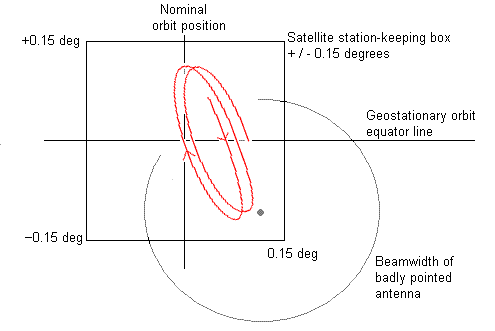Advertisment:


Satellite Internet Forum.
Welcome, Guest. Forum rules.To search this site click here > SATSIG search
| Home Login Register |
| Satellite Internet forum › Dish pointing and alignment › Eb/No seasonal variations? |
|
Pages: 1
|
Eb/No seasonal variations?(Read 7804 times) |
|
chriswlan
Member
★★ Offline Posts: 27 |
Apr 20th, 2013 at 8:09pm
|
| Back to top |
IP Logged
|
|
Oasis Networks
Senior Member
★★★ Offline Posts: 232 |
Reply #1 - Apr 21st, 2013 at 9:52am
|
| Back to top |
www.oasisnetworks.net - Oasis Networks - Online with you!
IP Logged
|
|
chriswlan
Member
★★ Offline Posts: 27 |
Reply #2 - Apr 22nd, 2013 at 8:34am
|
| Back to top |
IP Logged
|
|
Oasis Networks
Senior Member
★★★ Offline Posts: 232 |
Reply #3 - Apr 22nd, 2013 at 9:19am
|
| Back to top |
www.oasisnetworks.net - Oasis Networks - Online with you!
IP Logged
|
|
USN - Retired
YaBB Moderator
★★★★★ Offline Posts: 837 Kentucky (USA) |
Reply #4 - Apr 22nd, 2013 at 1:12pm
|
| Back to top |
« Last Edit: Apr 23rd, 2013 at 10:40am by USN - Retired »
USN (Ret)
IP Logged
|
|
Eric Johnston
Senior Member
★★★ Offline Posts: 2109 |
Reply #5 - Apr 22nd, 2013 at 4:46pm
|
| Back to top |
« Last Edit: Apr 22nd, 2013 at 10:26pm by Admin1 »
IP Logged
|
|
Pages: 1
|
Email me: eric@satsig.net
Powered by YaBB 2.5.2!
YaBB Forum Software © 2000-. All Rights Reserved.
Disclaimer, Terms of Use and Privacy Forum User Agreement Forum rules Cookie policy.


